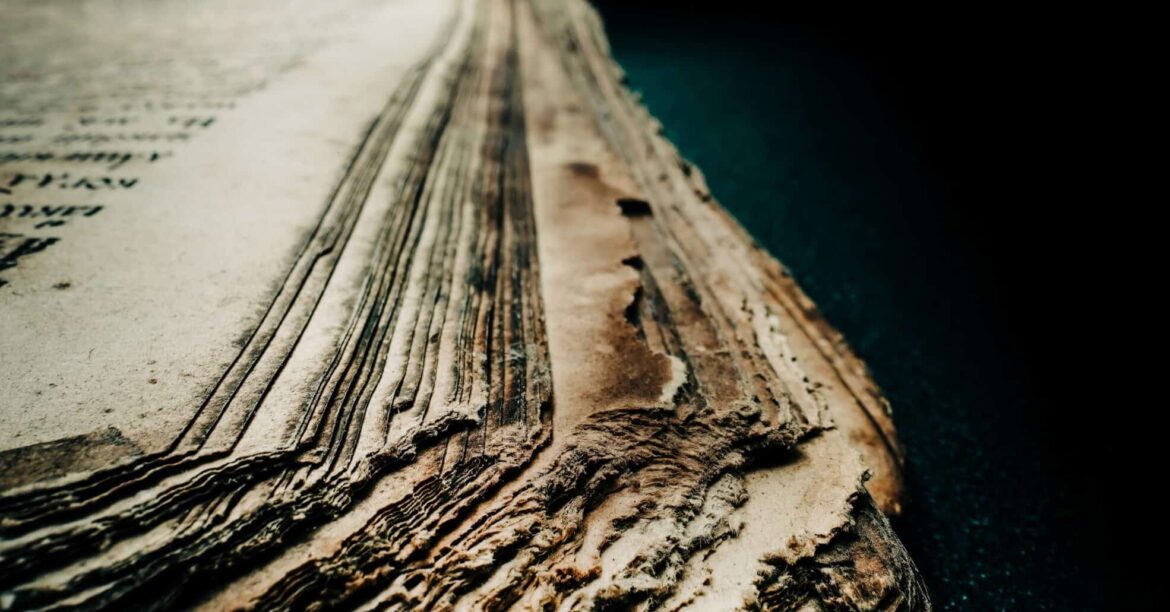The longest Greek papyrus ever found in the Judean Desert, which sheds new light on a legal drama that unfolded in Israel nearly 2,000 years ago, has now been published for the first time.
Over the course of 133 lines, the ancient text reveals a tale of crime and corruption in Roman-era Judea, documenting prosecutors’ preparations for a trial that took place just before the Bar Kokhba revolt of 132-136 CE.
The Netflix-true-crime-documentary-worthy case involved forgery, tax evasion and fraudulent slave transactions across the Roman provinces of Judea and Arabia – regions that roughly correspond to modern-day Israel and Jordan.
Its contents offer insight into how Roman law functioned in the empire’s eastern territories and demonstrate the reach of Roman administrative power even in remote regions.
The papyrus details the prosecution of two main defendants: Gadalias, a notary’s son and something of an ancient Roman “bad boy,” with a criminal history including violence, extortion, inciting rebellion and counterfeiting; and his accomplice, Saulos.
The pair allegedlyorchestrated elaborate schemes involving the fraudulent sale and freeing of slaves while evading Roman taxes — but as far as I’m concerned, the jury’s still out until we find another 1,890-year-old document that proves their guilt.
The events described in the papyrus document took place between two major Jewish uprisings against Roman rule, and it mentions key historical figures including Tineius Rufus, the governor of Judea at the outbreak of the Bar Kokhba revolt.
The history of a historical text
The history documented within the text is fascinating, but the history surrounding its discovery, rediscovery and translation is fascinating in its own right.
It was likely hidden in a cave in the Judean Desert during the Bar Kokhba revolt, though the reason for its preservation remains a mystery.
When the document was initially discovered decades ago, it was thought to be related to the Nabateans, an ancient Arab civilization in northern Arabia and the southern Levant.
In 2014, Hebrew University Prof. Emerita Hannah Cotton Paltiel inspected the document while volunteering at the Israel Antiquities Authority’s scrolls laboratory. She realized that it was incorrectly classified — as it turns out, the scroll is actually written in ancient Greek.
“When I saw it marked as ‘Nabataean,’ I exclaimed, ‘It’s Greek to me!’” recalls Cotton Paltiel, for whom the papyrus has been named following papyrological tradition.
Following its rediscovery, an international team of scholars, including Hebrew University’s Avner Ecker, worked to decipher the complex document.
“This is the best-documented Roman court case from Judea apart from the trial of Jesus,” said Ecker.
Anna Dolganov of the Austrian Academy of Sciences, part of the research team, emphasized the document’s unique value: “This papyrus is extraordinary because it provides direct insight into trial preparations in this part of the Roman Empire.”
Prof. Fritz Mitthof of the University of Vienna, another of the researchers, further noted that “this document shows that core Roman institutions documented in Egypt were also implemented throughout the empire.”
The text’s history serves as a reminder that Israel is teeming with incredible relics just waiting to be found (and that it’s never a bad idea to double-check your files to make sure you’ve organized them correctly).

